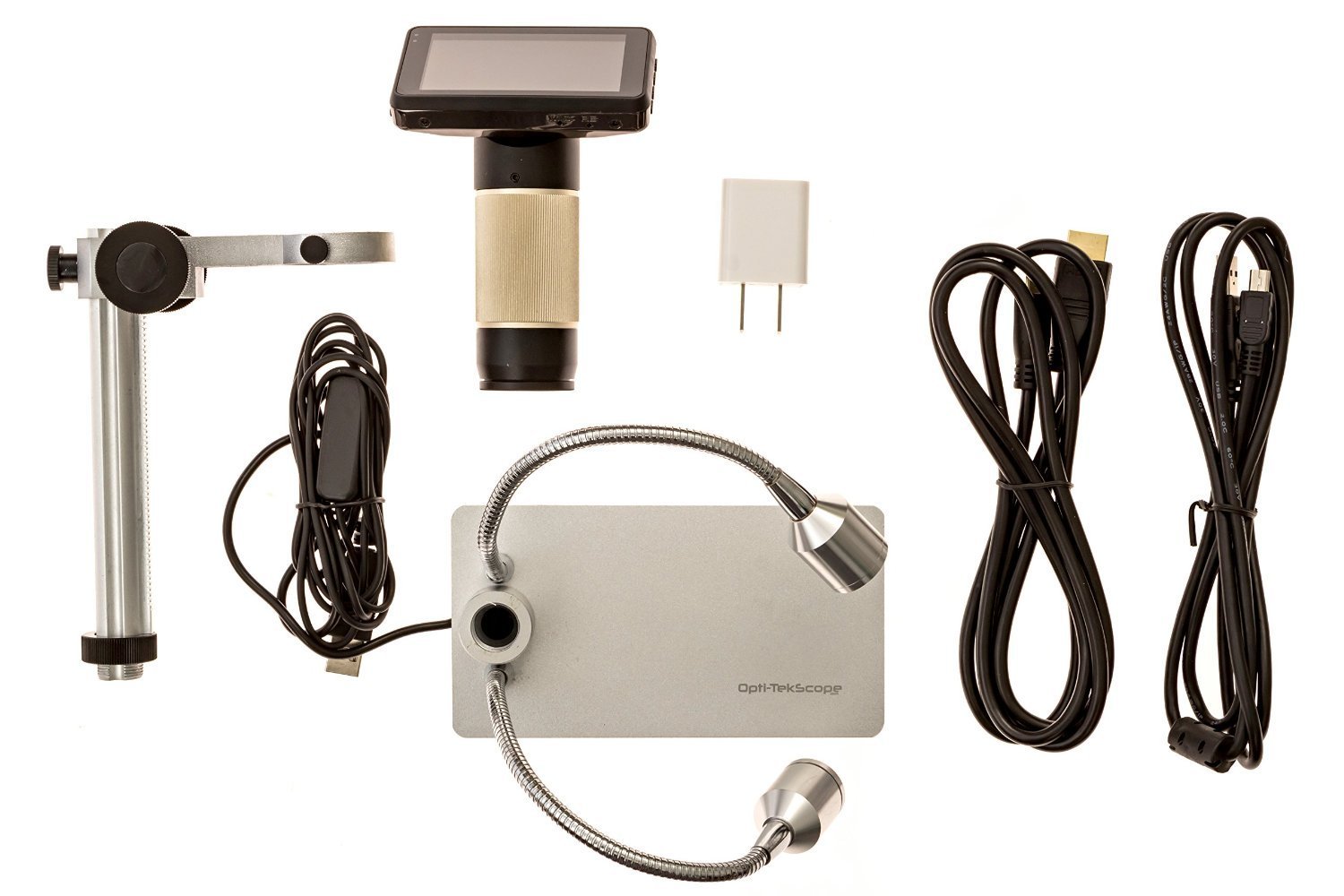

However I find it somewhat awkward to use as I need reading glasses. Greetings, Many thanks for the replies! Fortunately I have a binocular optical microscope which provides excellent clarity of view for me without any lag. I wonder if there are lower resolution settings such as 640 x 480 that can be utilized during soldering to speed up the video processing delay? I wonder if anyone here has experience with using an ADSM 301 or 302 for PCB work that would shed light on how practical these microscopes are to use as a viewing tool for soldering? TMA Although the spec of 30 frames per second would seem fast enough I wonder how much buffering takes place during the video processing. In contrast I have read comments that the lag is very noticeable and would negatively impact real time viewing for board work. I have watched some videos that leave me with the impression the lag isn't that noticeable. However I have not been able to establish confidence that the video latency (lag) is fast enough for soldering SMD components on a board in an expedient manner. I understand the resolution is sufficient for even smaller components and that these models work well for static inspection purposes. Greetings, I am considering the purchase of an AndonStar ADSM301 or ADSM302 for manual soldering of 0805/0603 SMD components.


 0 kommentar(er)
0 kommentar(er)
